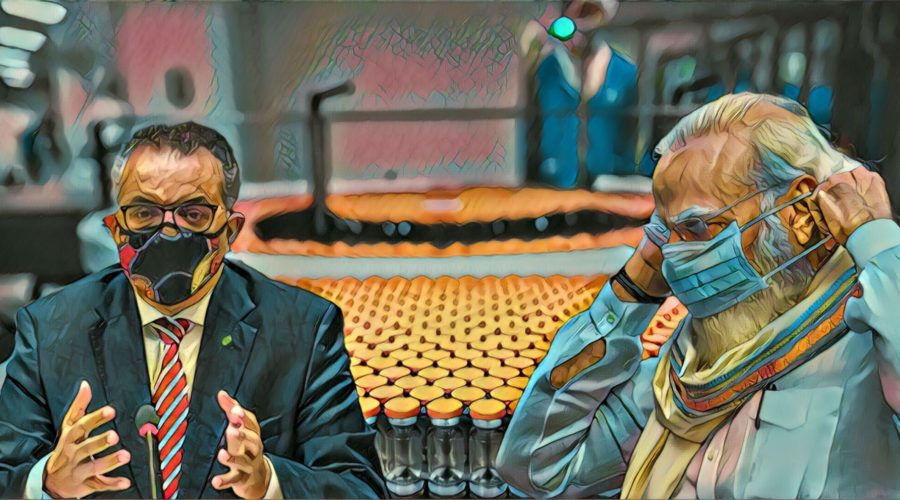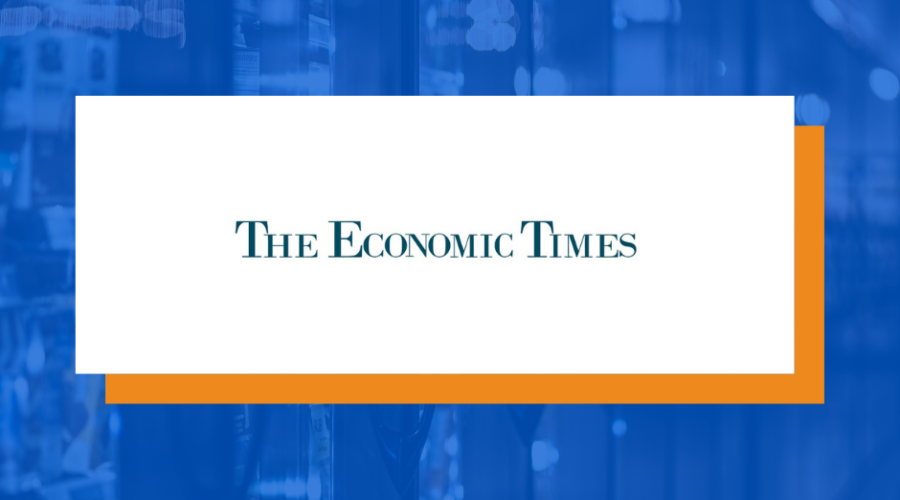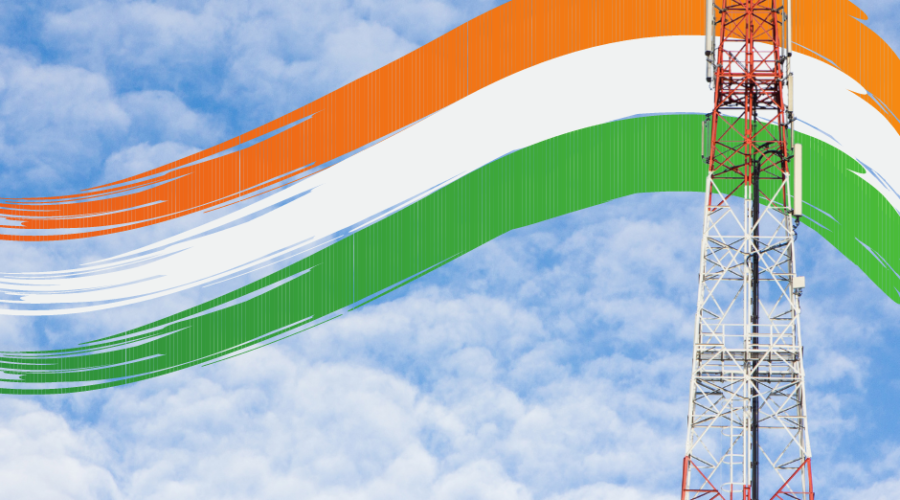Comments on India’s Competition (Amendment) Act, 2023
Dear Competition Commission of India,
In order to follow through on your call for stakeholder groups to provide regulatory comments on the updates to the Competition Act, we want to offer thoughts from a consumer perspective. For reference, the Consumer Choice Center is a globally consumer advocacy group championing policies that are fit for growth, promote tech innovation, and enshrine lifestyle freedom, all the while promoting consumer choice.
In reviewing The Competition (Amendment) Act of 2023, we add the following:
Proposed Section 29A
With the proposed amendment in Section 29A, we would insert the phrase “and on consumer choice” after the phrase “an appreciable adverse effect on competition,” in order to more precisely adhere to a limited competition and antitrust definition that elevates the effect to consumers and prices, rather than “competition”.
Proposed Section 18
With the proposed amendments in Section 18, we would insert “consumer choice” to come before “competition,” again demonstrating the usefulness of consumer choice and pricing comparisons as a more accurate rubric for determining competition.
Overall, we remain positive to the Competition Commission’s updated guidelines on mergers and general antitrust law. As India’s digital economy grows and continues to offer unique goods and services to Indian consumers, we believe all Central Government agencies should also adhere to a competition policy that upholds consumer choice and regulatory barriers that may be impeding that, and perhaps leading to higher prices or reduced competition. Impact to consumers is key.
Defining the adequate level of competition is an impossible task for any government agency or department, and should best be left to consumers who will better determine market size and performance. Where regulatory barriers exist, or where fraud and deception exist, should be a more targeted focus for competition regulators than only concerns for competition — domestic or otherwise.




